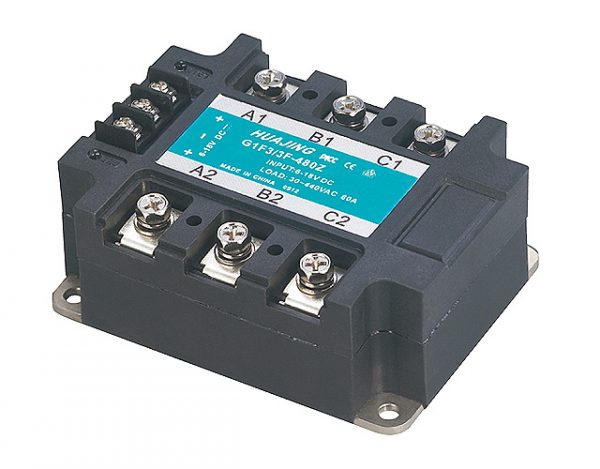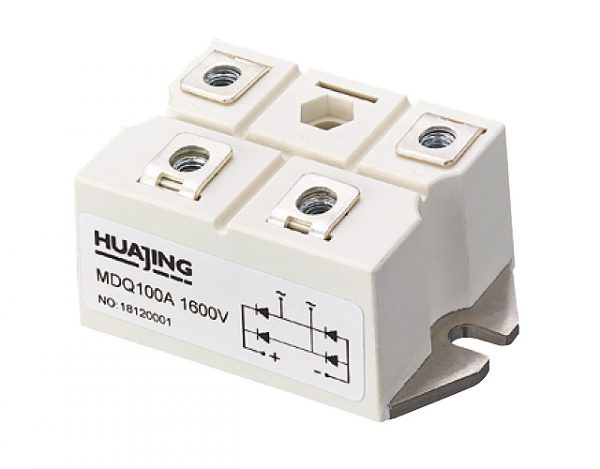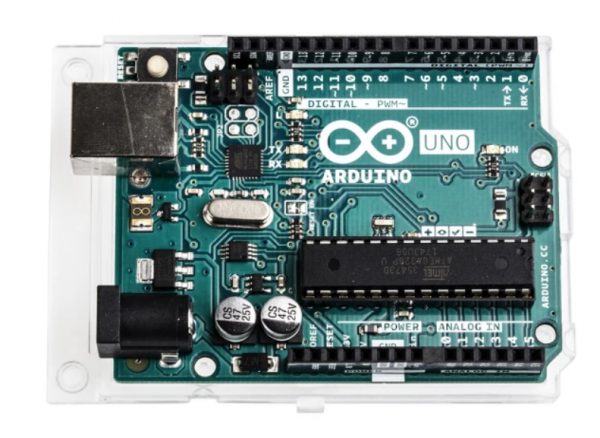Why Trading Competitions, Margin, and Derivatives Still Attract the Margins of Crypto — and How to Play Smarter
Whoa! I know — it sounds flashy. But trading competitions and margin derivatives are where the noise meets real learning for a lot of traders. My first impression was: these are promotional gimmicks. Initially I thought they were mostly hype, though after a few contests (and some ugly losses) my view changed. Something felt off about the easy wins that banners promise. My instinct said dig deeper, and so I did — over months, across platforms, testing strategies in tiny sizes before I went live.
Seriously? Yep. Competitions teach you more than you expect. They teach quick decision-making, risk discipline when done right, and how order execution matters under stress. On the other hand, they can also warp behavior; players chase leaderboard glory and ignore proper risk management. I’ll be honest: that part bugs me. Too many traders treat competitions like free money instead of a rehearsal for markets that punish sloppy edges.
Here’s the thing. Trading competitions create a concentrated micro-market: high volatility, aggressive sizing, slippage, and sometimes spoof-like order flow — or at least the illusion of it. Short bursts of leverage create distorted price action. That distortion reveals structural weaknesses in execution and in portfolio sizing, and it exposes psychological leaks in a trader. If you want to learn how your brain reacts under stress, join one round. But don’t treat it as a blueprint for long-term returns.

How to Treat Competitions Like a Training Ground (Not a Gamble)
Okay, so check this out—start with objectives. Are you there to test entries? Execution latency? Or to practice risk limits? Pick one. Then size down. Small sizes mean you can replicate the intensity without blowing up. Most traders, myself included at times, forget this and jump in too big. Something like 0.1–0.5% of your active capital per round is a sane place to start for practice runs.
On a practical level, learn to read the fine print. Many competitions reset positions at certain times, exclude certain pairs, or have rules favoring frequent traders. That changes strategy. (Oh, and by the way: taxes and KYC demand attention — winnings are not magically tax-free.) If you want a platform to test, I’ve used a variety of centralized venues; one solid resource is the bybit crypto currency exchange, which runs regular contests and has margin features that are useful for controlled experiments. Use that kind of environment to simulate your worst-case scenarios.
Short trick — journal live. After every session make one sentence about your emotional state. It’s the single most underrated edge. Later you’ll see patterns: you tilt after X, you overbet after Y, and you repeat the same mistake. Journaling forces accountability; it’s boring but effective. And for the love of all things, don’t chase last-minute leaderboard moves — that’s when slippage eats you alive.
Margin and Leverage: The Double-Edged Sword
Leverage amplifies profits. It amplifies losses more. Simple. But here’s the nuance: effective leverage is not a fixed multiple. It’s a subjective function of your strategy, execution speed, and capital. Initially I thought maxing leverage was fine if you had a tight stop. Actually, wait—let me rephrase that: tight stops are great in theory but often fail in practice during illiquid moves. On one hand, tight stops preserve capital; on the other hand, they can cascade you out during normal noise.
So how to choose leverage? Work backwards from your allowable drawdown and worst-case slippage scenario. If 10% slippage would ruin your month, then high leverage is a bad idea. Use incremental tests: scale in, test a stop-loss band, monitor execution. This is tedious, I know. But being slow about leverage changes saves you from fast, irrevocable mistakes.
Another thing — funding rates and rollover costs. Derivatives are not just leverage; they’re carrying costs. Perpetual swaps have funding that can flip from positive to negative quickly. That affects net return if you hold positions. Be aware, and factor that into any leveraged plan.
Derivatives Trading: Strategies That Actually Transfer
Futures and options let you express views cleanly. They also let you be wrong in a much more expensive way. Learn delta, theta, and vega like you’d learn a trade setup — not just jargon. Options are great for asymmetric risk profiles: you pay an upfront premium and know your max loss. Futures demand strict margin management.
One practical trade-off: futures are straightforward for directional trades and hedges; options offer defined risk with optionality. If you’re new, start with small directional futures trades to learn execution and margin calls. Then move to simple options structures like protective puts or covered calls. Don’t jump to iron condors unless you already understand gamma and the pain of gamma spikes.
And please, test everything in a sim first. Paper trading is imperfect, but it reveals many behavioral tendencies. If a strategy looks great on paper, try it with micro position sizing. You’ll learn things about fills, quotes, and slippage that backtests ignore. Honestly, fills are the saint and sinner here; they change outcomes more than your edge will, most of the time.
Common Pitfalls and How to Dodge Them
Here are three repeating mistakes I see. 1) Over-leveraging in competition adrenaline. 2) Ignoring fees and funding. 3) Failing to adapt risk when market structure shifts. Each one is avoidable with simple rules. For example, cap leverage by notional instead of by margin percentage. That tends to keep your downside bounded. Also, set a daily stop-loss for contest days — not for profit, but for sanity.
It helps to have a kill-switch. Seriously. Put a pre-set rule: if you lose X% in a session, step away. That may sound rigid, but markets are not kind to people who think they’re exceptions. I’ve been stubborn, very very stubborn at times, and those sessions are the ones that teach humility the hard way.
Also, network with smarter players. Watch streamer replays, read post-mortems, ask questions in forums. You get a lot of tacit knowledge from people who’ve been burned and rebuilt. I recommend a mix of hands-on practice and community learning — it speeds up the feedback loop dramatically.
FAQ
Is entering trading competitions worth it?
Yes and no. They’re worth it if you approach them as focused practice for specific skills: fast decision making, attention to execution, and discipline under stress. They are not worth it if you go in chasing ego or quick riches. Keep capitalization small, treat each contest as a drill, and extract the lessons.
How much leverage is safe for derivatives trading?
There’s no universal safe leverage. Aim to size such that a worst-case intraday move doesn’t threaten your account beyond a pre-defined acceptable drawdown. Start small, scale slowly, and always account for slippage and funding costs. If you can’t sleep with your position, it’s too big.


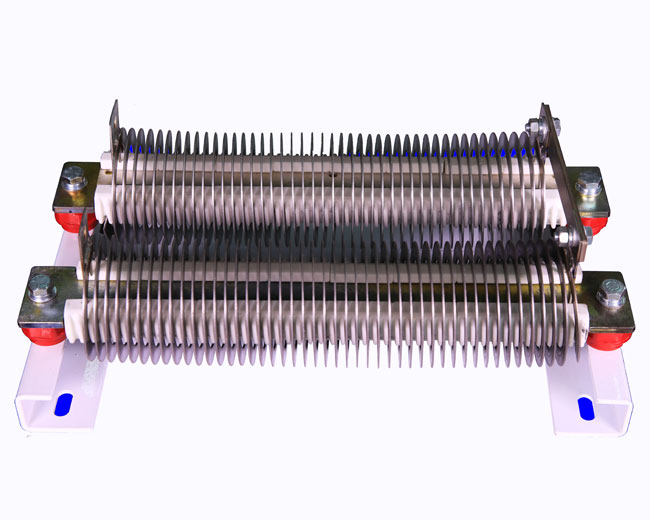
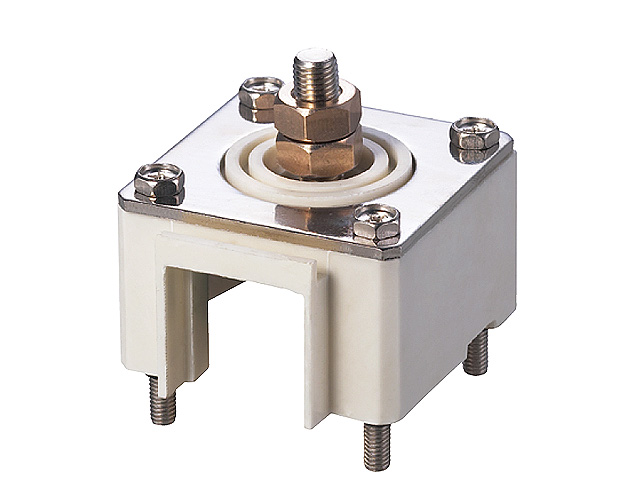
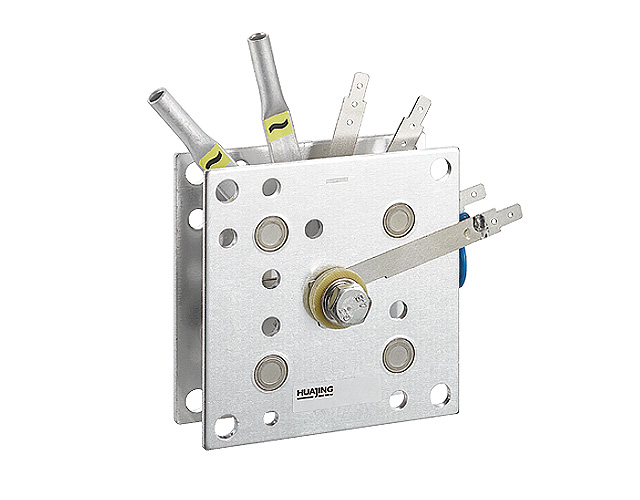












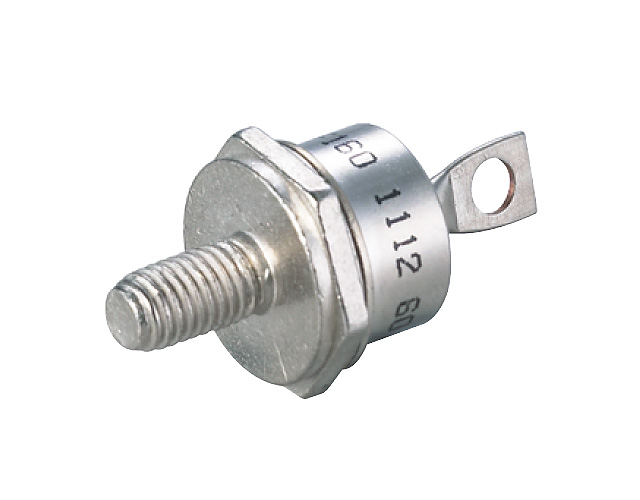
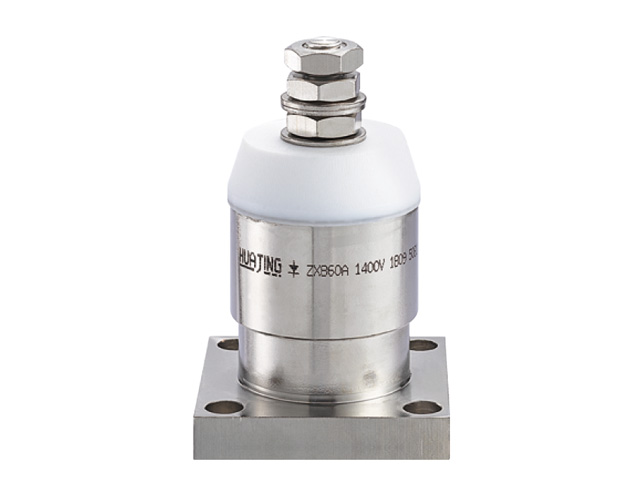
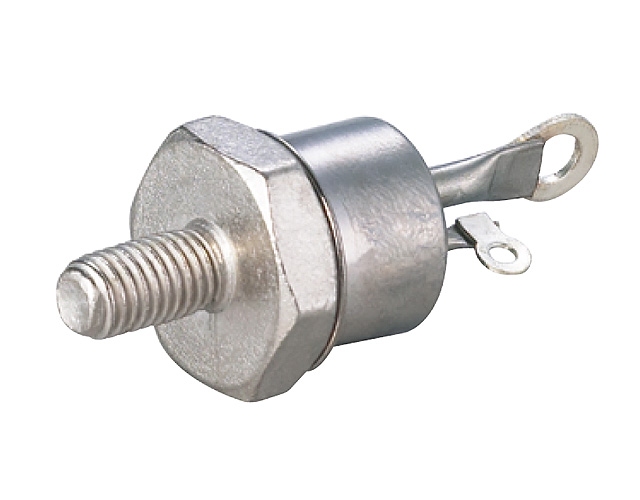
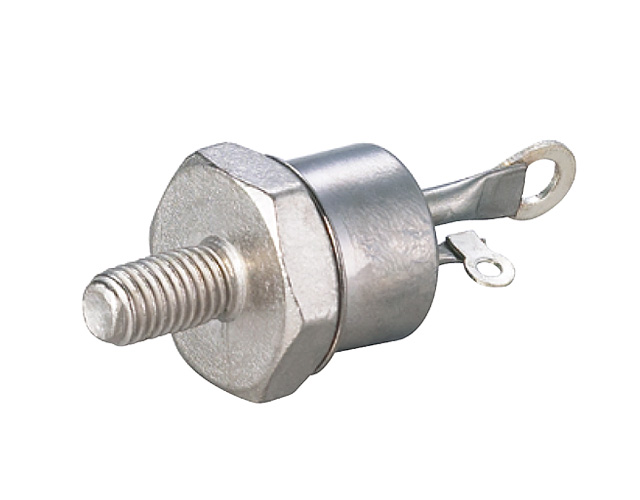
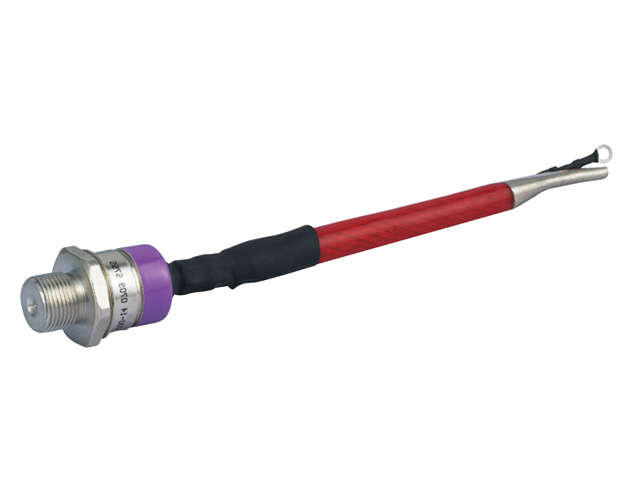
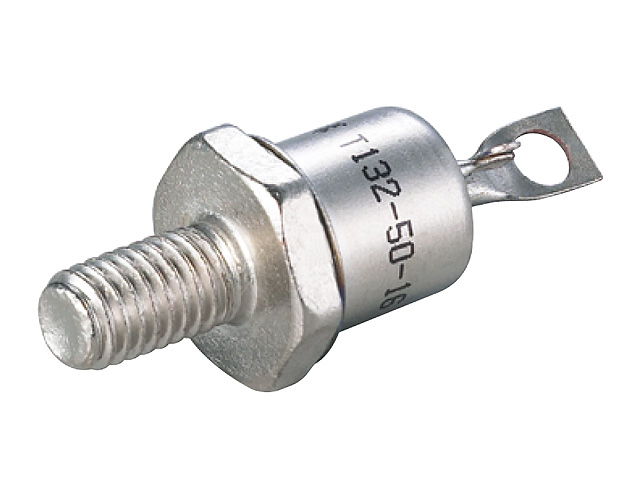

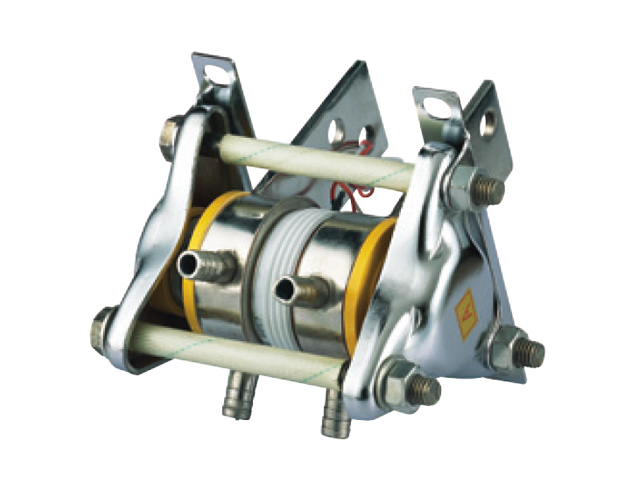

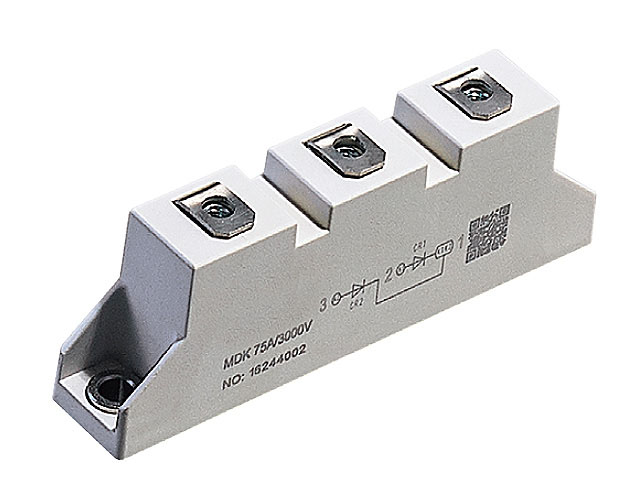



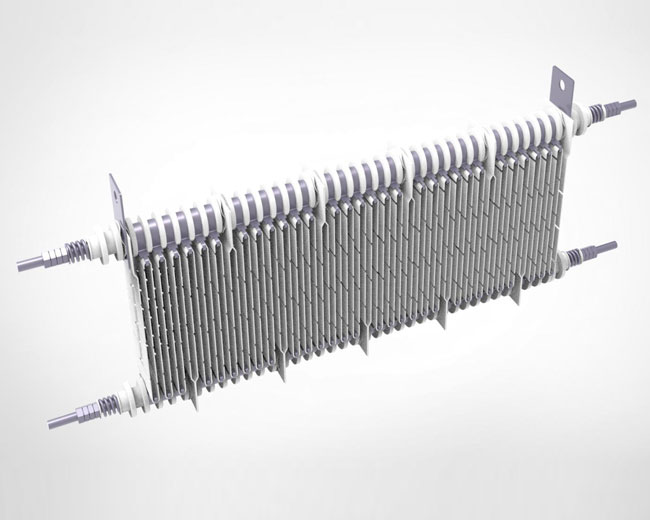

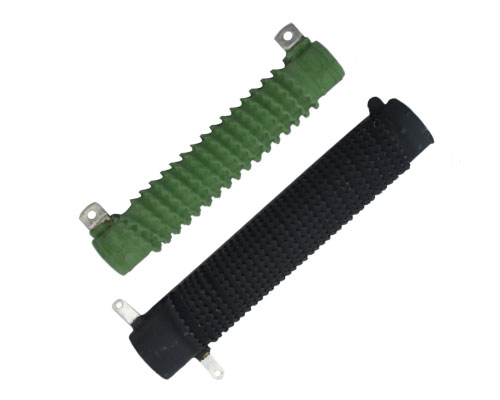
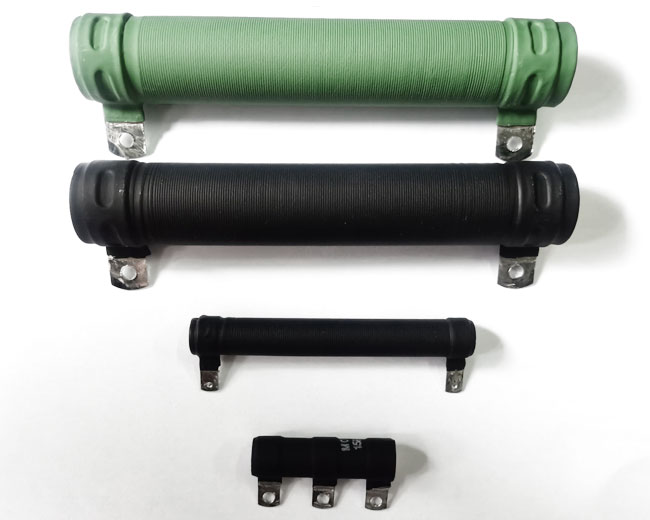




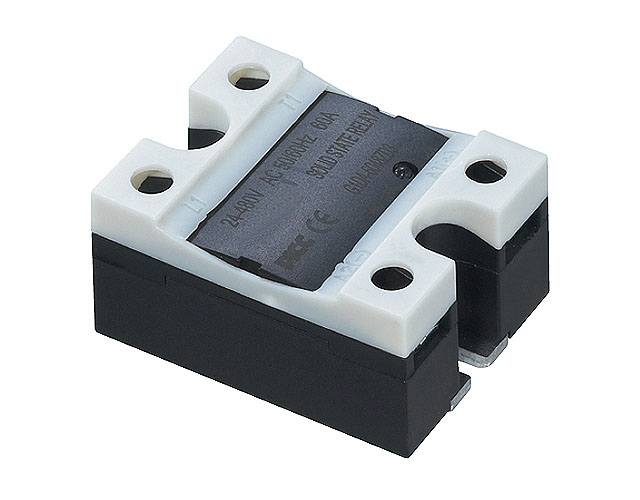
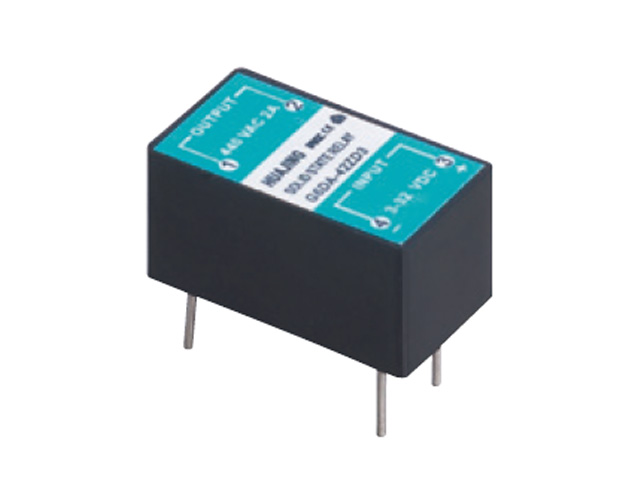
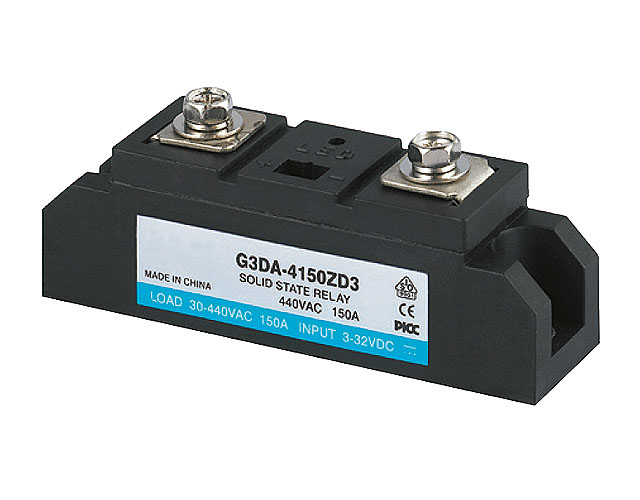
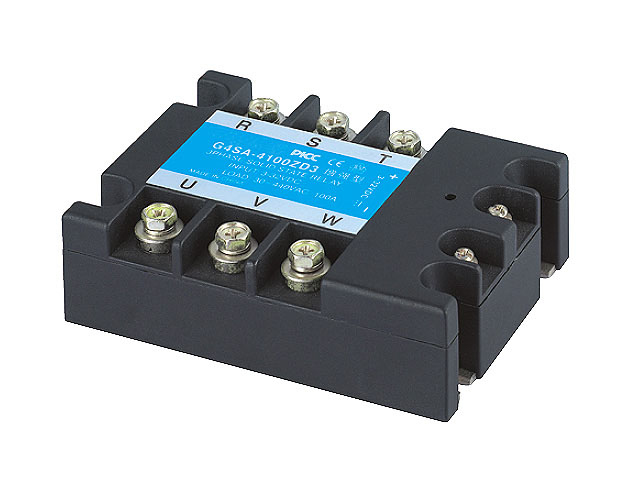
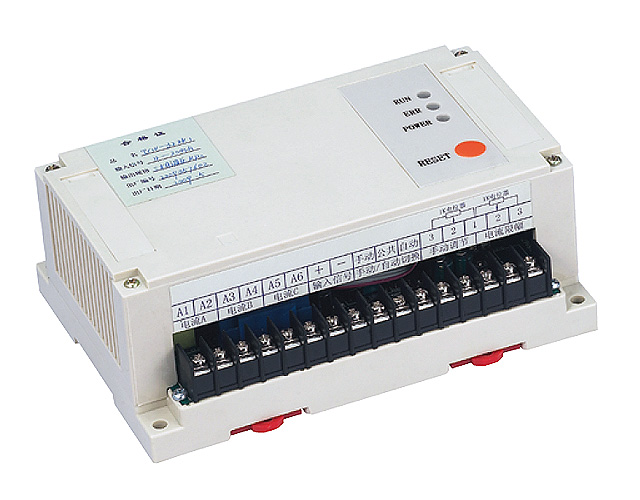
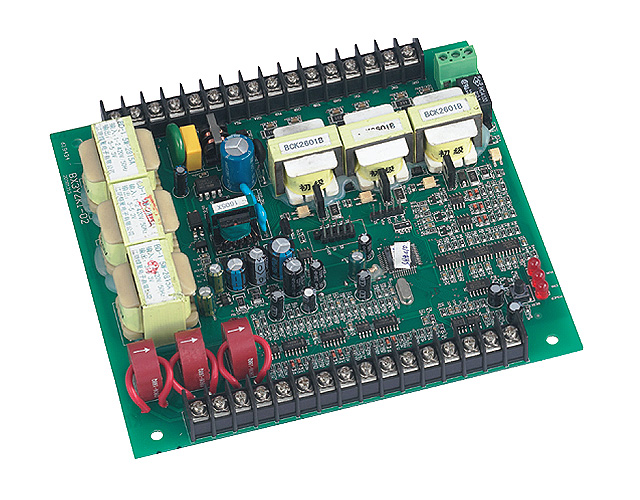
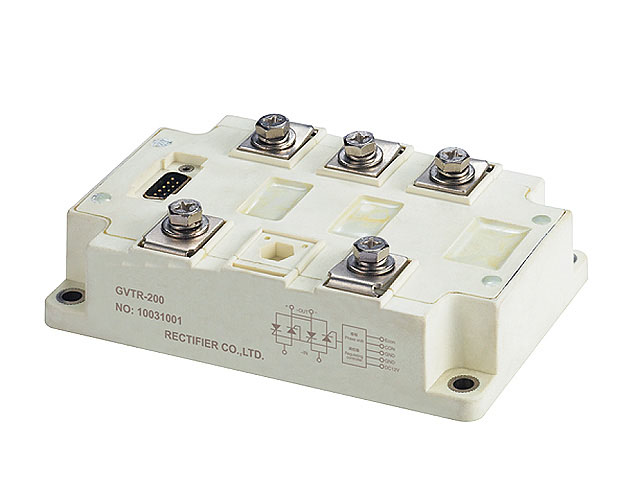
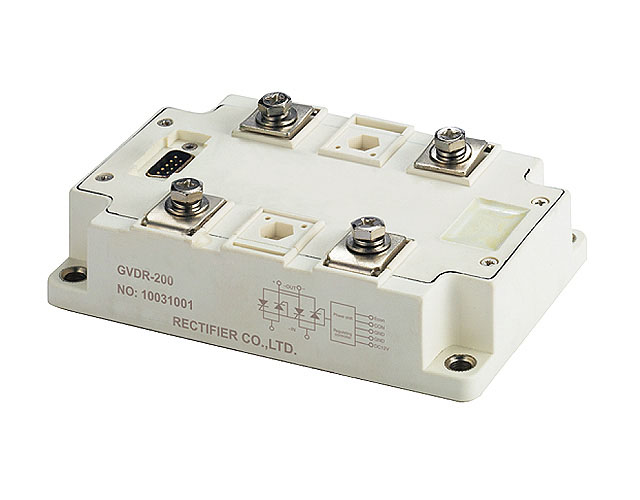
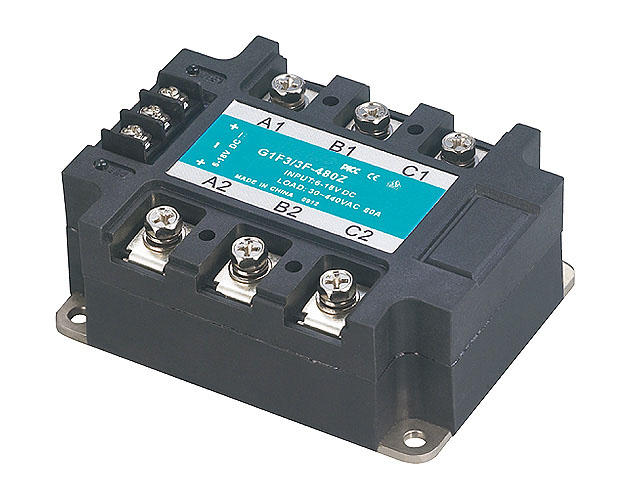
 Menu Item #1
Menu Item #1 Menu Item #2
Menu Item #2 Menu Item #3
Menu Item #3


































